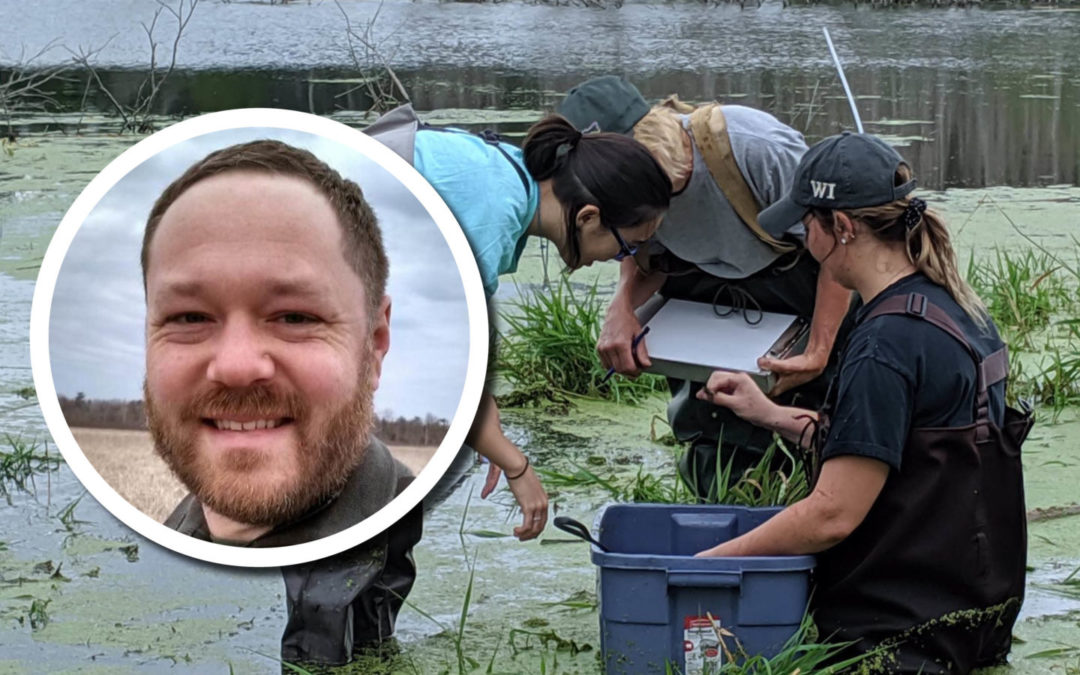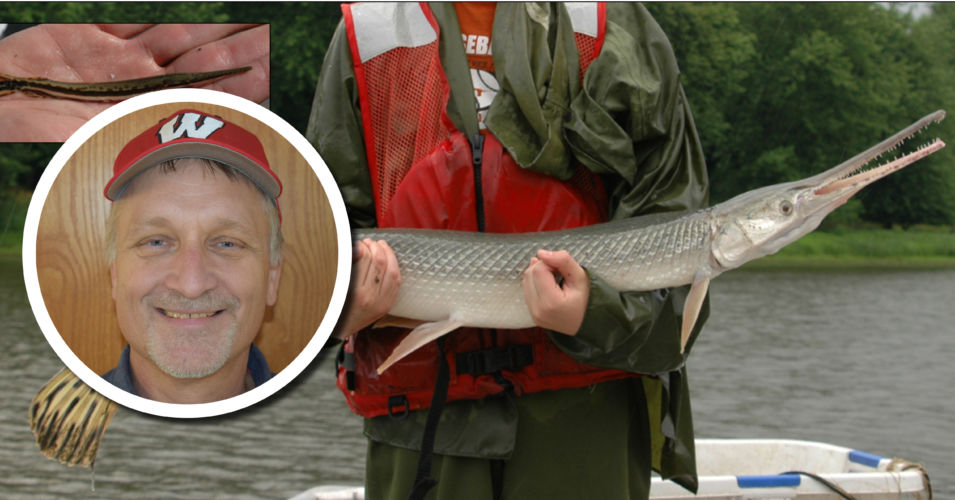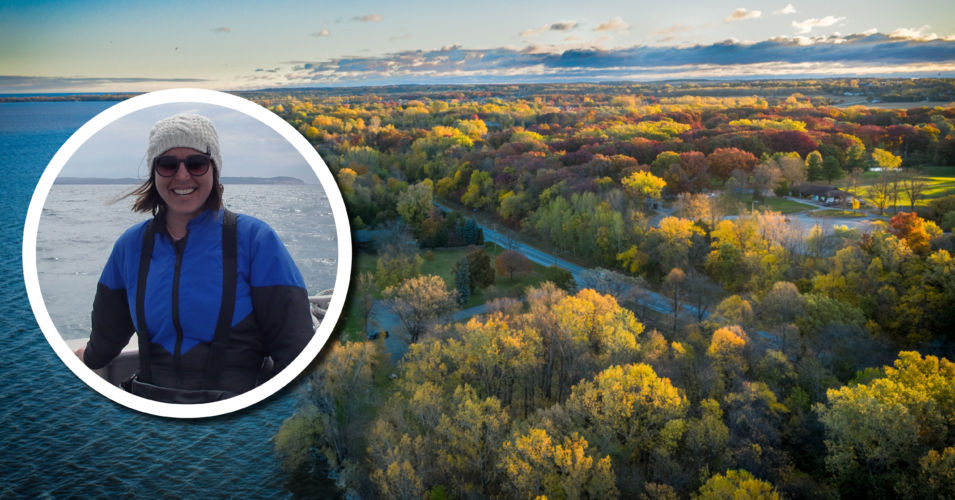Wetlands along Wisconsin’s Great Lakes coast are unique habitats at the transition between watersheds and the larger lake. Watch the video below to hear Wisconsin Sea Grant fisheries specialist Titus Seilheimer discuss Wisconsin’s coastal wetlands—diverse wetland ecosystems that provide many functions, including shoreline protection and nutrient and sediment filtration. These wetlands also provide important spawning and nursery habitat for many fish species: Great Lakes coastal wetlands play an important part in the life history of more than 70% of Great Lakes fish species. Physical habitat in coastal wetlands is greatly influenced by changing water levels, from short term changes that are driven by wind to the longer term trends in water level caused by regional climate patterns. The combination of natural variation and human-caused disturbances have dynamic and complex influences on the fish habitat of Great Lakes coastal wetlands.
Titus Seilheimer, Wisconsin Sea Grant
Recorded April 10, 2020.
Titus Seilheimer is a fisheries specialist with Wisconsin Sea Grant. He has worked on all five Great Lakes during his 18 years’ experience working in coastal wetlands. He is based in Manitowoc and enjoys spending time surveying the fish species in the Little Manitowoc River marsh.
Related Content
Wetland Coffee Break: The fascinating fishes of the floodplains of Wisconsin’s largest rivers
Wetland Coffee Break: Restoring wild rice in Green Bay west shore coastal wetlands
Wetland Coffee Break: Establishing a Green Bay National Estuarine Research Reserve




